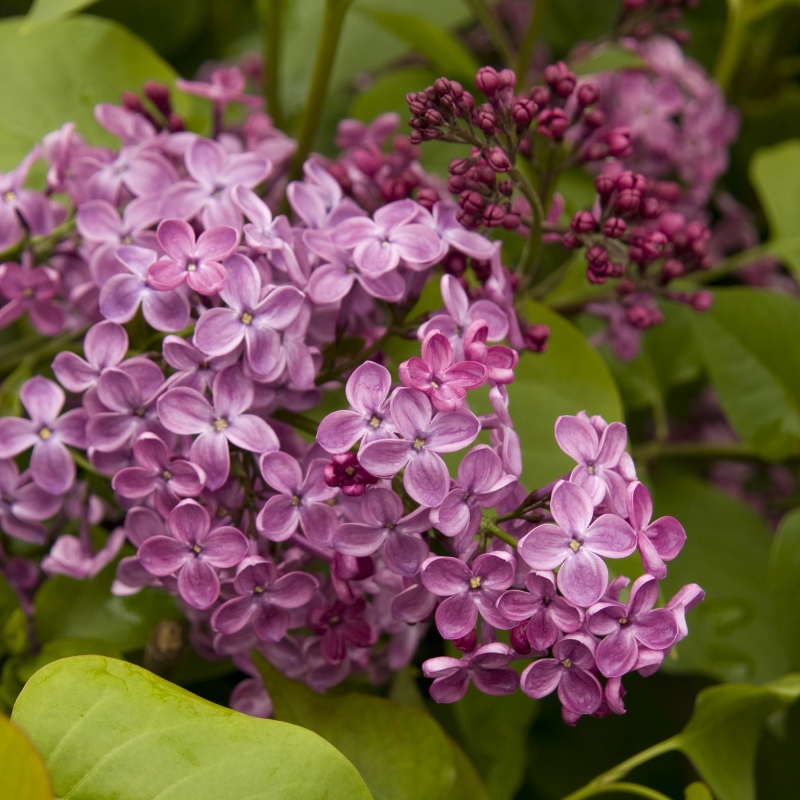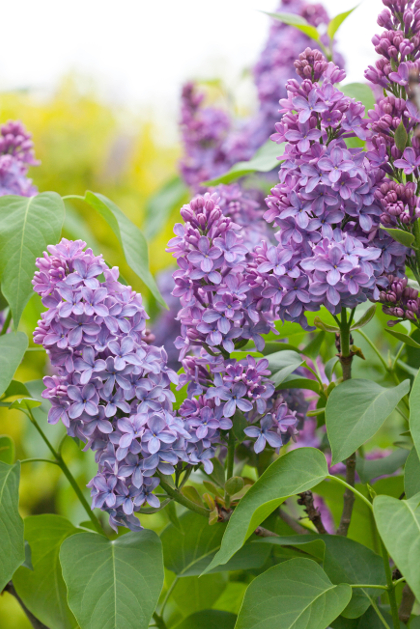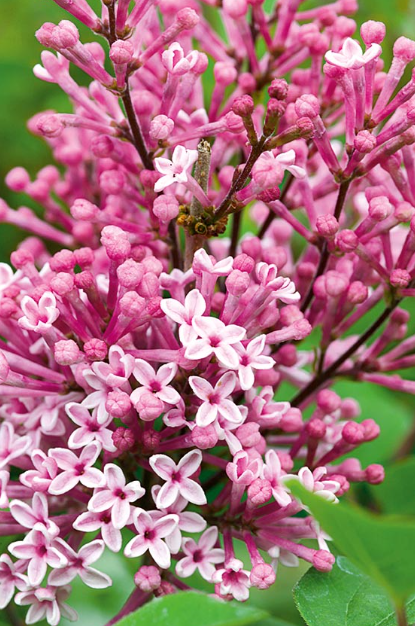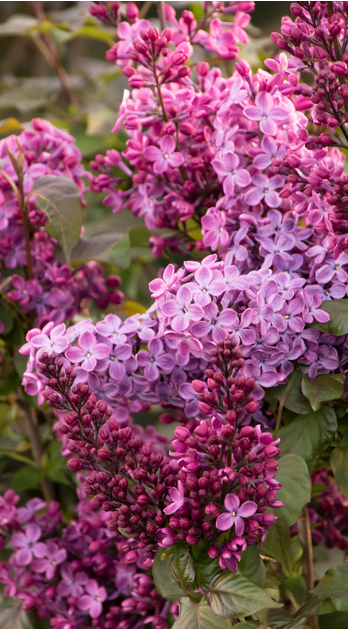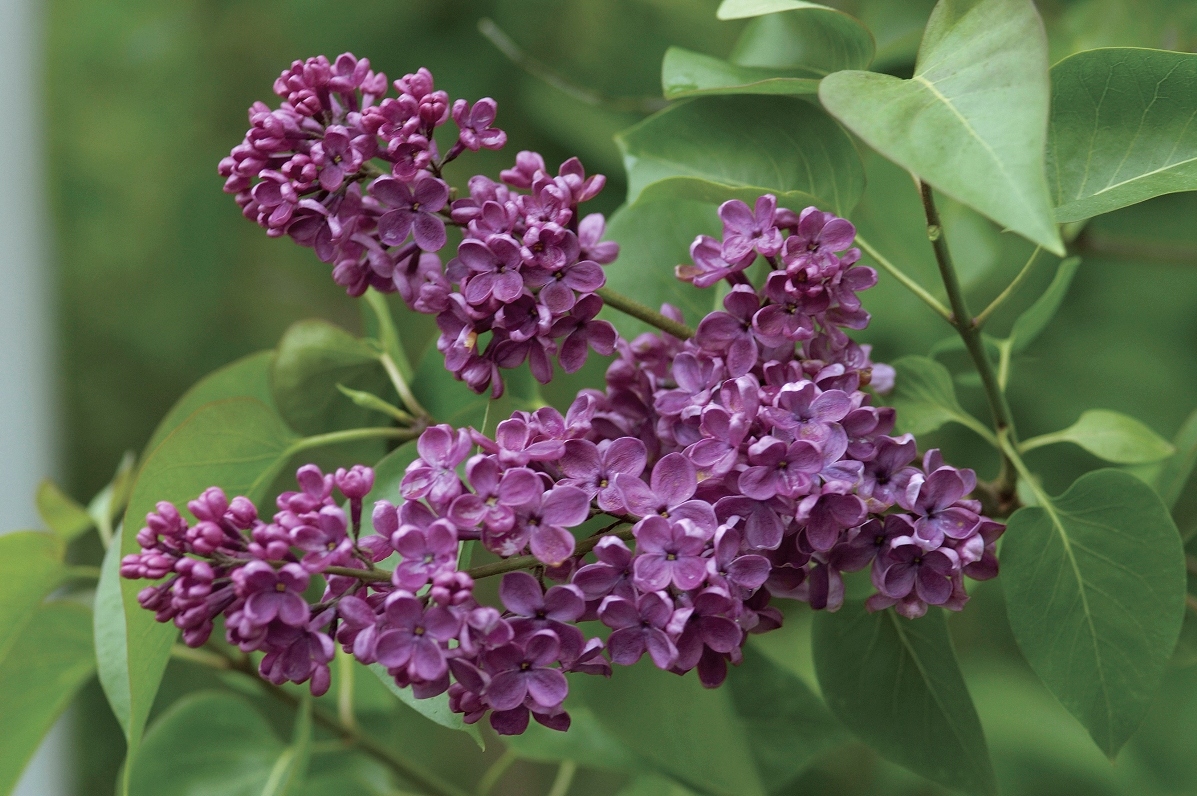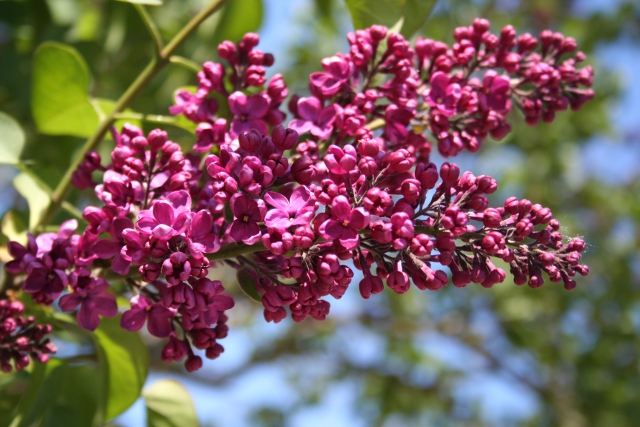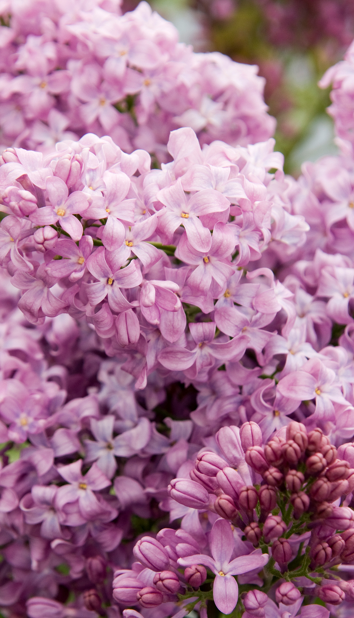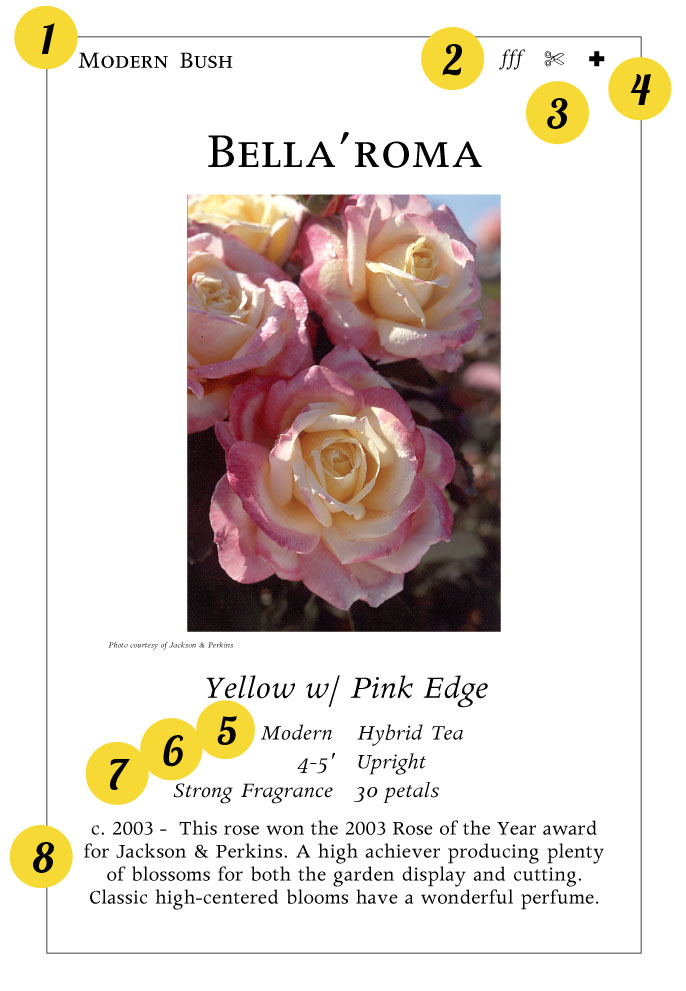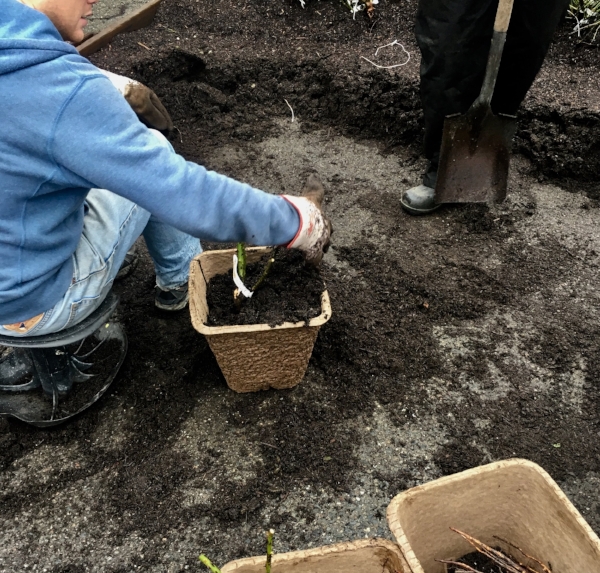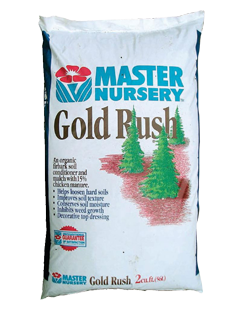INGREDIENTS
- 4 medium beets (Chioggia is a beautiful variety)
- 3 garlic cloves, unpeeled
- 1 medium fennel bulb
- 3 citrus fruit (I used a mix of orange, blood orange, and Meyer lemon)
- 1 head escarole
- 1 head green radicchio
- 1/2 head red radicchio
- 1/4 cup mint leaves
- 1/4 cup tarragon leaves
- 1/3 cup roasted hazelnuts, chopped
- 1 tablespoon fresh lemon juice
- 2 tablespoons apple cider vinegar
- 1 teaspoon Dijon mustard
- 6 tablespoons extra-virgin olive oil, plus some for drizzling on beets
- 1/8 teaspoon coarse sea salt
- Freshly ground black pepper
DIRECTIONS
Preheat the oven to 375 degrees. Trim the beets of their tops and scrub clean. Pat beets dry and place cut side down, along with the garlic cloves, on a large rectangle of aluminum foil. Drizzle with a little olive oil and sprinkle lightly with salt and pepper. Wrap foil tightly, place the packet on small baking sheet, and roast in oven until beets are tender, about 45 minutes to one hour. Carefully open foil and let cool briefly. When able to handle, use a paper towel to rub the skins off the beets, and cut each beet into eight pieces. Reserve the roasted garlic cloves for the vinaigrette.
For the fennel, trim the green stems and cut bulb in half through root. Trim away most of root. Thinly slice the fennel and reserve in cold water. Drain before using.
For the citrus fruits, cut a little bit off each end, exposing the flesh below. Place cut side down on cutting board and trim away the pith and zest (the white and colorful stuff, respectively) by following the contour of the fruit with your sharp knife. Next, cut crosswise into round slices (pop the seeds out if you can) or cut out segments by trimming alongside the inner membranes.
Cut the radicchio into one-inch-wide pieces and tear the escarole into smaller pieces. Pick the mint and tarragon leaves off the stems and wash along with the chicory.
For the vinaigrette, remove the roasted garlic from the cloves and whisk together with the lemon juice, apple cider vinegar, Dijon, and olive oil. Season with a three-finger pinch of salt and a few grinds of black pepper.
Combine all of the ingredients together in a large bowl. Start by using about 1/2 to 3/4 of the vinaigrette, adding more to taste. Your clean hands make great salad tongs.
This recipe is from the website of Kaiser Permanente, Food for Health, Recipes for Life.





